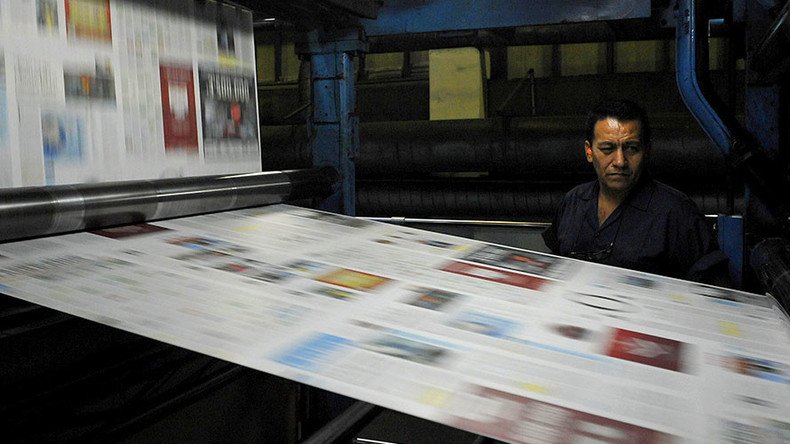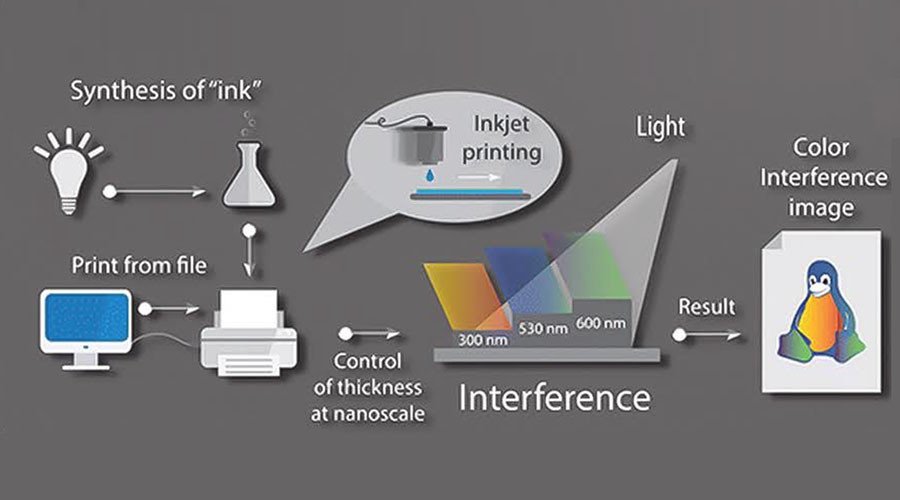Russian scientists create first 100% eco-friendly ink for color printing

Researchers at the St. Petersburg ITMO University have used nano-technology to come up with an eco-friendly invisible green ink that is suitable for color printing.
Most color-printing is still harmful to the ecology because certain pigments in the ink contain toxic elements. Soya-based inks are seen as a more ecology-conscious option in printing, but Russian scientists decided to move away from the notion of the ink’s composition towards how color is actually perceived.
Their breakthrough is a material that reflects light like a soap bubble: the color we see will depend on how thick the walls of a bubble are in that particular spot. The “soap bubble” color effect is called interference and can be emulated thanks to nano-technology.

“Controlled multi-layered printing allowed us to create optical nano structures of desired thickness. Colors appear because of these nano structures. Today we can create at least a few dozen color tones,” said Aleksandr Vinogradov, head of the research.
READ MORE: Russian startup 3D prints custom splints and plasters
The studies are still ongoing, however, with scientists still facing challenges, such as securing a bright red color. But some milestones have already been passed: the interference green they created is the first 100 percent eco-friendly printed green that is also UV resistant.












